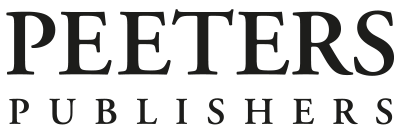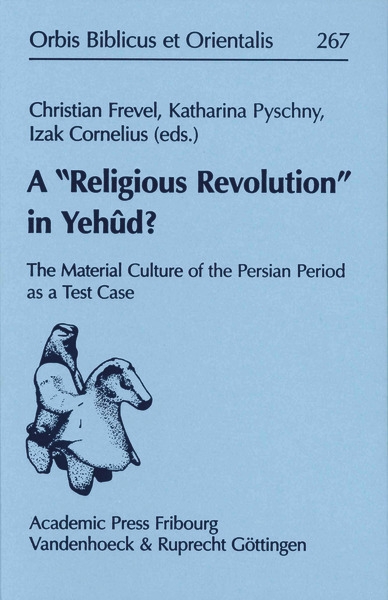

 0
EN
0
EN

In reference to Ephraim Stern’s hypothesis that Judah witnessed a “religious revolution“ during the transition between the (Neo)Babylonian and the Persian period, resulting in an imageless monotheism, the contributors discuss the material culture of Persian Period Palestine/Israel.
They refer to a workshop on “Jewish ‘Material’ Otherness? Ethnic, Religious and Cultural Boundaries in Late Persian and Early Hellenistic Times in the Southern Levant”, held at the Käte Hamburger Kolleg Dynamics in the History of Religions between Asia and Europe (Ruhr-Universität Bochum) in 2010.
Following an introductory overview on the material culture of the late Iron Age to the early Hellenistic period, they review the most relevant object genres in the light of new finds and current research: administrative stamp-seals, figurines, incense burners, coins, seals, bullae and Greek pottery.
Special attention is devoted to regional developments in order to highlight commonalities and differences in the material culture between Yehûd and Samaria, and between Yehûd and the other neighbouring provinces.
The authors demonstrate continuities and discontinuities in material culture, which mirror political, economic and historical developments.
If the "religious revolution" thesis cannot be substantiated, they make an important contribution to the history of religion of Persian Period Palestine/Israel with its nuanced discussion of Stern’s thesis and the new synopsis it offers of the material, and especially pictorial, culture of the period.



